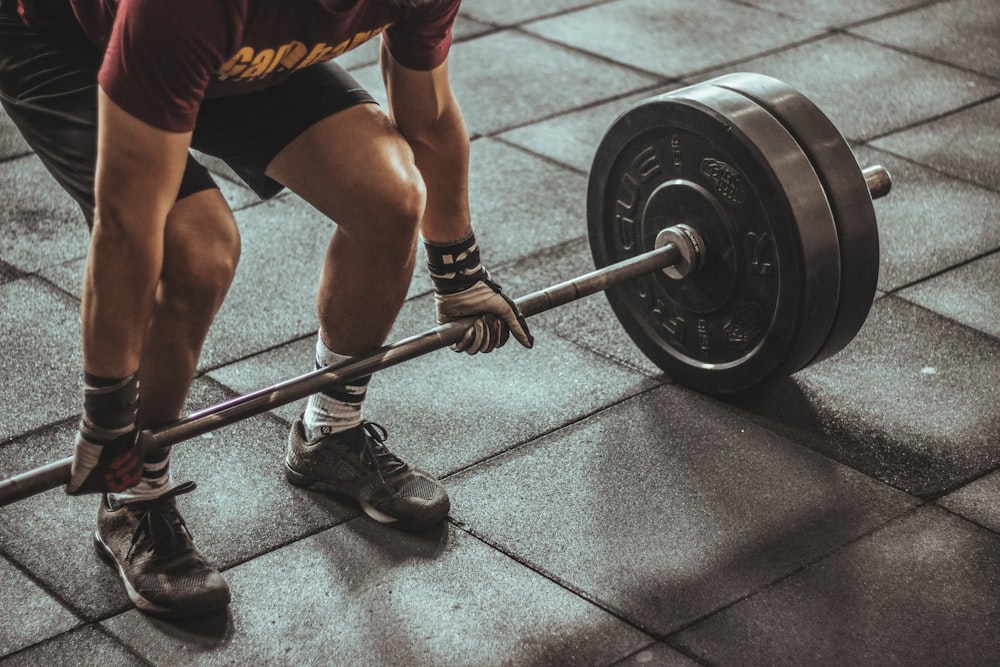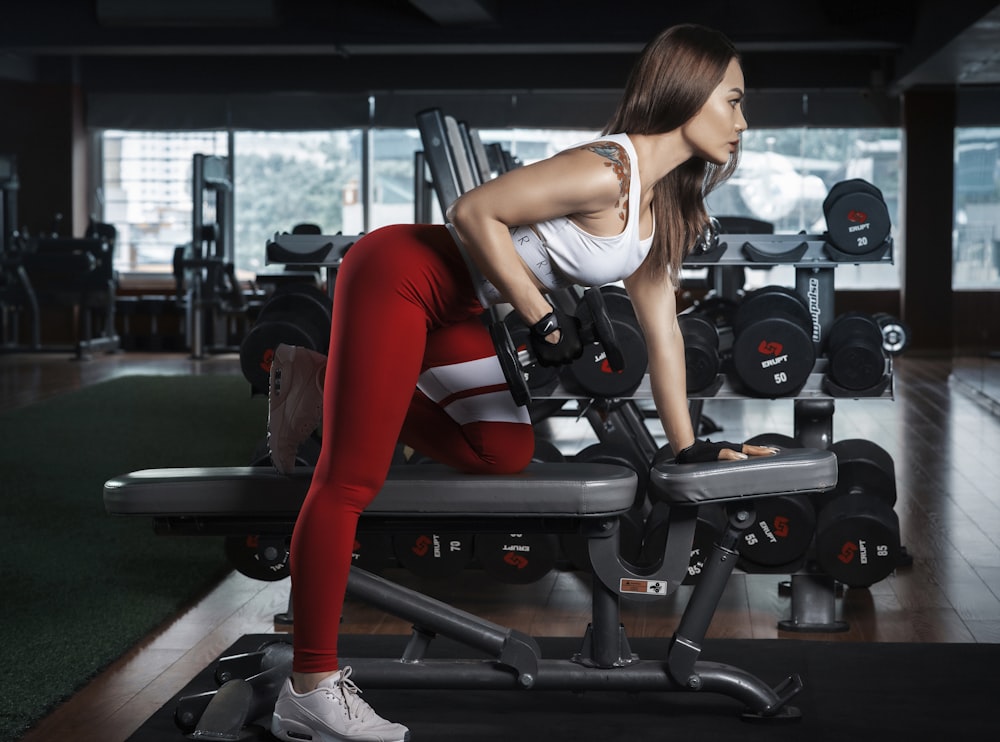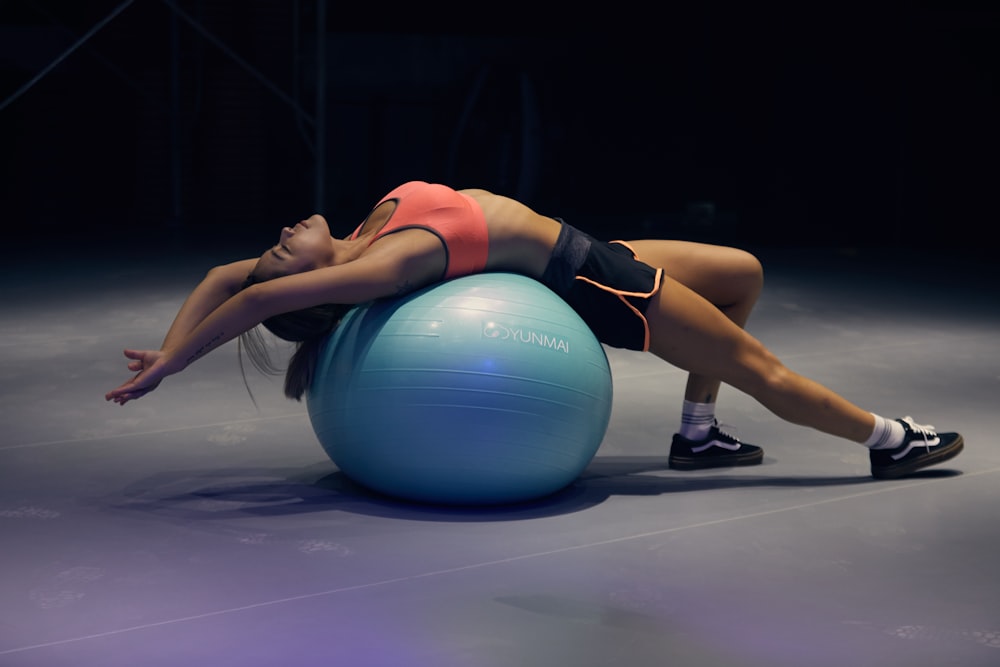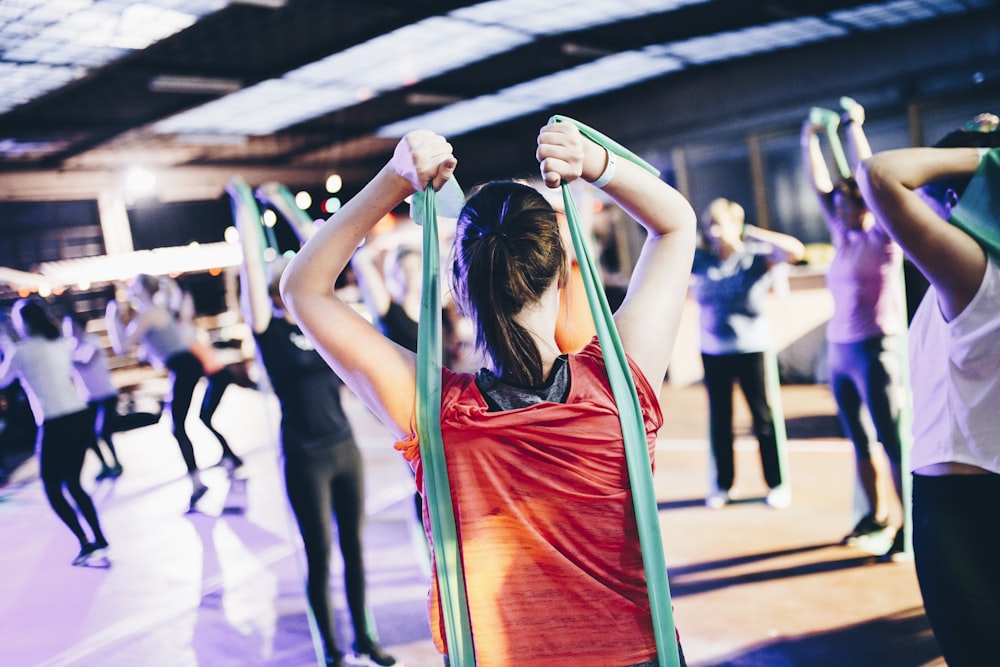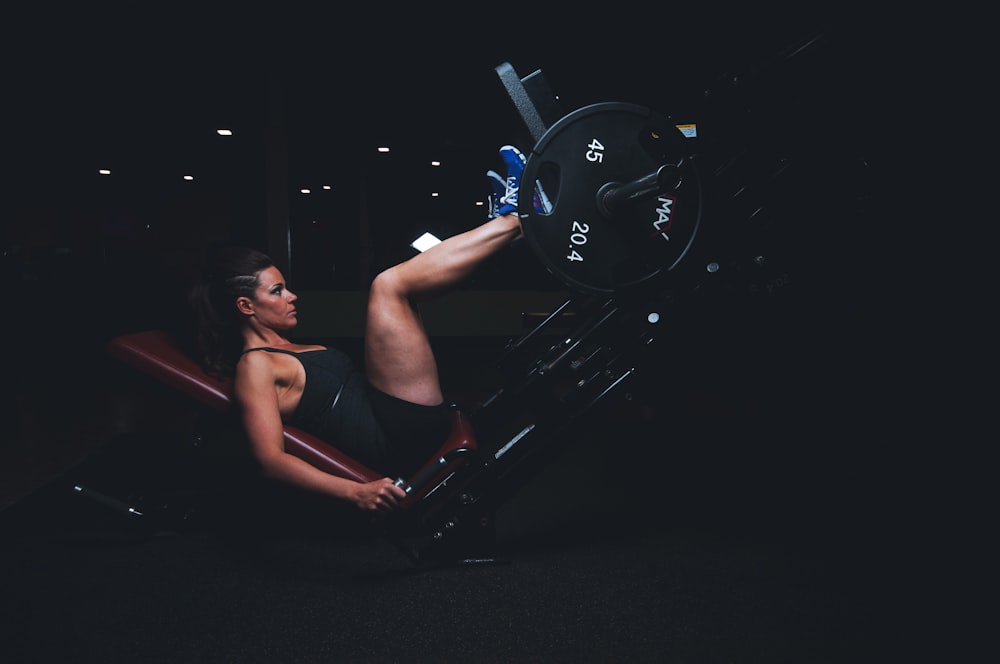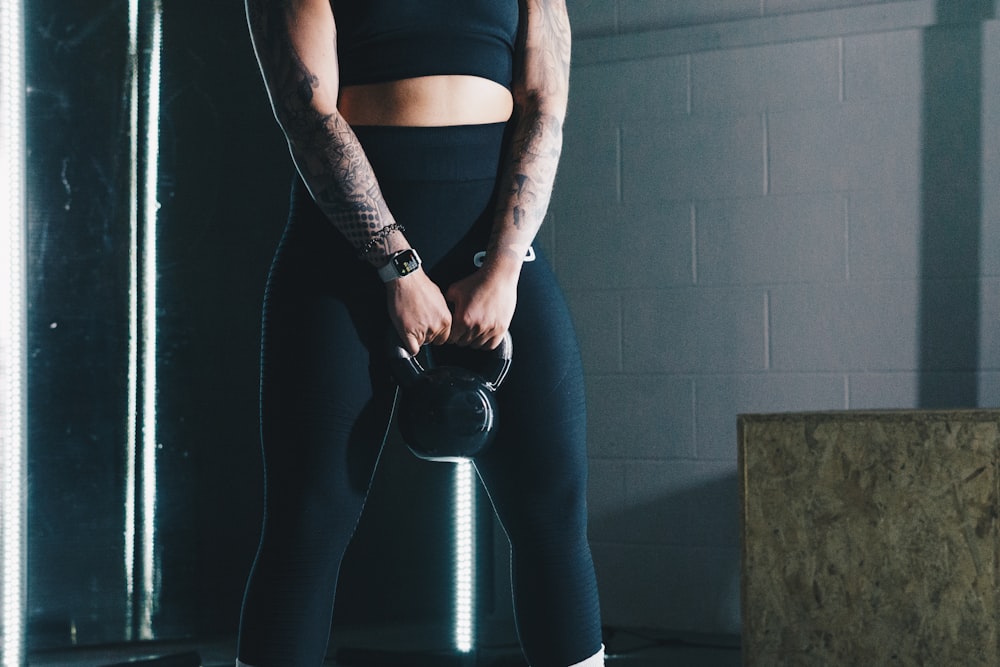Rapid-Fire Full-Body Workout 25 Minutes to Transform
Introduction: The Power of a 25-Minute Full-Body Workout
In today’s fast-paced world, finding time to exercise can be challenging. However, a 25-minute full-body workout offers a solution by providing an efficient and effective way to stay fit and healthy. This article will explore the benefits of such workouts and provide insights into creating your own routine.
Maximizing Efficiency: The Essence of a 25-Minute Workout
The key to a successful 25-minute full-body workout lies in maximizing efficiency. By focusing on compound movements that target multiple muscle groups simultaneously, you can make the most out of every minute spent exercising. Incorporating exercises like squats, lunges, push-ups, and burpees can provide a comprehensive workout in a short amount of time.
Cardiovascular Endurance: Building Stamina in 25 Minutes
A well-rounded full-body workout includes cardiovascular exercises to improve stamina and endurance. Integrating activities like jumping jacks, high knees, mountain climbers, or cycling intervals can elevate your heart rate and boost your cardiovascular health. This not only enhances your overall fitness level but also helps in burning calories and improving metabolism.
Strength Training: Sculpting Muscles with Compound Movements
Strength training is essential for building lean muscle mass and increasing overall strength. In a 25-minute full-body workout, incorporating compound movements such as deadlifts, bench presses, rows, and overhead presses can effectively target major muscle groups. By adjusting weights and repetitions, you can tailor the workout to your fitness level and goals.
Core Focus: Developing Stability and Balance
A strong core is the foundation of a healthy body and plays a crucial role in maintaining stability and balance. Including core exercises like planks, Russian twists, leg raises, and bicycle crunches in your 25-minute workout can strengthen your abdominal muscles and improve posture. A stable core also reduces the risk of injuries during other exercises.
Flexibility and Mobility: Enhancing Range of Motion
Incorporating flexibility and mobility exercises is vital for preventing injuries and improving overall performance. Spending a few minutes on dynamic stretches, yoga poses, or foam rolling can enhance your range of motion, alleviate muscle tightness, and promote better recovery. These exercises can be seamlessly integrated into your 25-minute full-body routine.
HIIT Approach: Intensifying Workouts for Maximum Results
High-Intensity Interval Training (HIIT) is a popular approach to fitness that involves alternating between short bursts of intense activity and brief periods of rest or lower intensity. Implementing HIIT techniques in your 25-minute workout can elevate calorie burn, increase metabolic rate, and enhance cardiovascular fitness. Examples include sprint intervals, jump squats, and kettlebell swings.
Mind-Body Connection: Incorporating Mindfulness Practices
Physical exercise is not just about strengthening the body but also fostering a strong mind-body connection. Incorporating mindfulness practices such as deep breathing, meditation, or yoga poses can reduce stress, improve focus, and enhance overall well-being. Spending a few minutes on these activities at the end of your 25-minute workout can leave you feeling refreshed and rejuvenated.
Customizing Your Routine: Tailoring Workouts to Your Needs
One of the advantages of a 25-minute full-body workout is its flexibility and adaptability to individual


